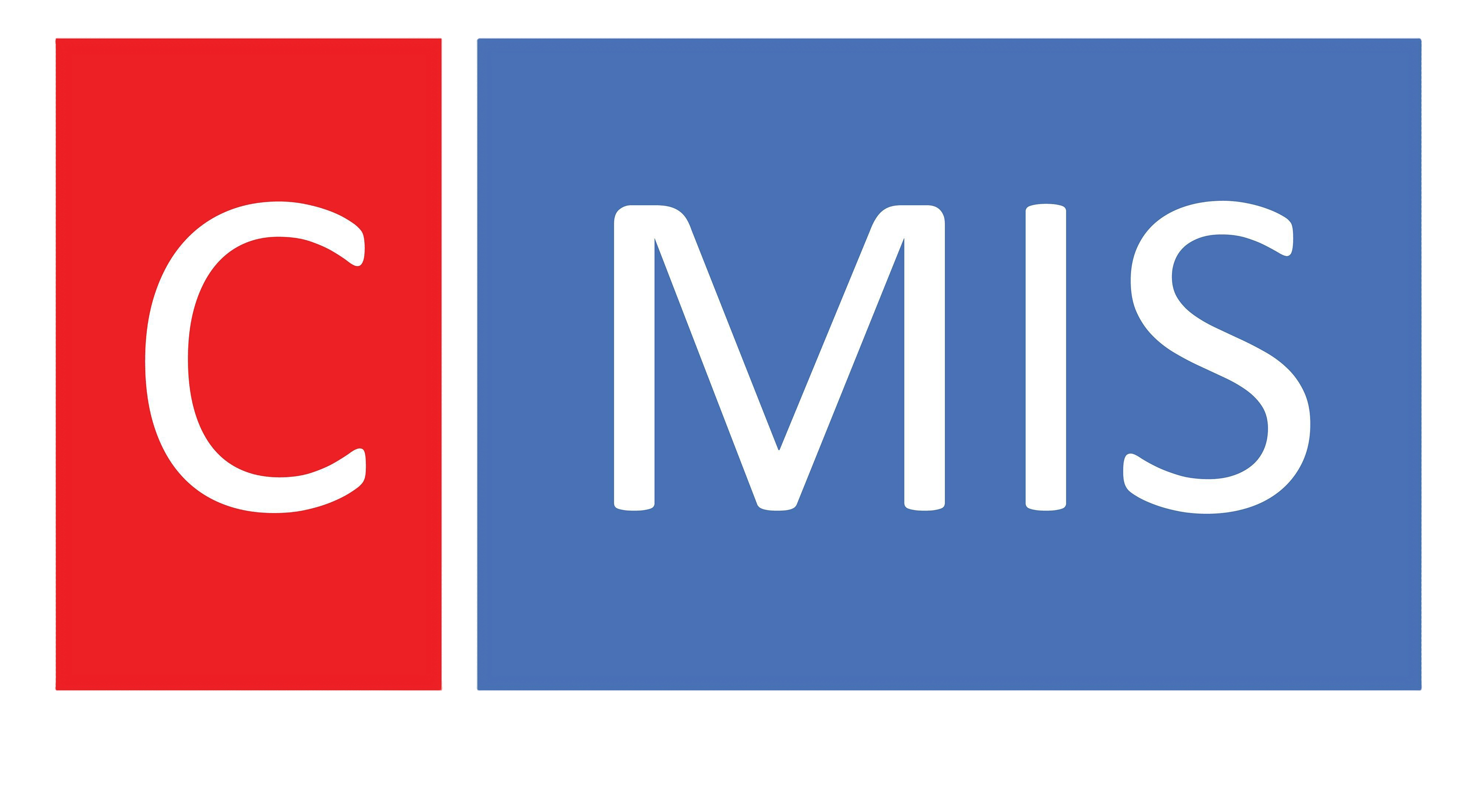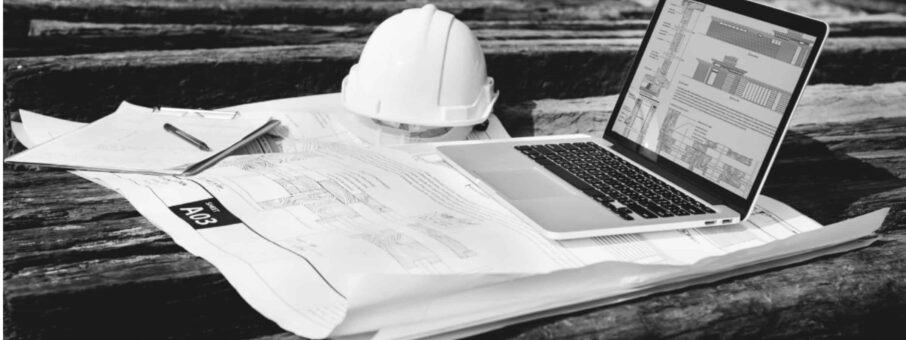- Discover how a Construction Management Information System (CMIS) can revolutionize your project tracking, ensuring all team members stay aligned and proactive in managing timelines and resources.
- Learn about the crucial connection between technology and federal funding compliance, and see how effective documentation can safeguard your future projects.
- Uncover the best practices for integrating software solutions that not only reduce disputes but also enhance your team's efficiency and reputation.
In the fast-paced world of construction management, particularly for city and county teams, the role of technology cannot be overstated. The implementation of advanced strategies, such as Construction Management Information Systems (CMIS), empowers teams to not only streamline their project tracking but also to enhance communication, reduce disputes, and ensure compliance with federal funding requirements.
To improve project tracking and minimize the occurrence of construction claims after project completion, it is essential to understand how technology can be effectively integrated into your daily operations. Below, you will find a comprehensive exploration of the benefits of CMIS, how it helps comply with federal funding requirements, ways to reduce claims through software solutions, and best practices for implementing construction management technology.
1. The Role of CMIS in Project Tracking
CMIS has emerged as a pivotal tool for construction management teams seeking to enhance project tracking. By providing a centralized platform where all project data is stored, teams can easily access up-to-date information regarding timelines, budgets, resources, and outstanding tasks. Real-time data visibility ensures that every team member stays aligned with project objectives, fostering collaboration.
For instance, consider a scenario where a city council decides to build a new park. Employing CMIS allows the project manager to monitor the progress of various elements such as landscaping, playground installation, and paving. If a delay arises in the delivery of materials for the playground, the project manager can swiftly adjust schedules and inform the team. This proactive approach helps prevent minor issues from evolving into significant delays.
2. Benefits of Complying with Federal Funding Requirements
Many construction projects undertaken by city and county teams involve federal funding, often accompanied by stringent compliance requirements. Technology offers robust solutions that facilitate adherence to these regulations. CMIS can assist in documenting expenditure, labor practices, and safety measures effectively.
For example, if your project receives federal funding, it may require detailed records to demonstrate compliance with the Davis-Bacon Act, which mandates paying prevailing wages. CMIS simplifies this process and provides tracking and reporting that align with federal guidelines. This can save both time and effort, all while ensuring your team remains compliant, thereby securing continued funding for future projects.
3. Reducing Construction Claims with Software Solutions
Construction claims can lead to prolonged disputes, increased costs, and a tarnished reputation for your team. However, implementing software solutions within your construction management framework helps in reducing these claims significantly. By embedding consistent documentation practices, software can track changes in contracts, project timelines, and scope of work.
Imagine a city project that undergoes several changes due to unforeseen site conditions. Using a project management software that tracks change orders allows for clear communication and documentation of these alterations. In case of a dispute regarding the project’s costs or timelines, you can rely on the documented information to support your position and avoid lengthy negotiations.
4. Best Practices for Technology Implementation
While the advantages of construction management technology are clear, successful implementation requires careful planning and execution. Here are some best practices to consider:
- Assess Your Needs: Before adopting any software, conduct a thorough assessment of your team’s unique needs and challenges. Understanding what you want to achieve will guide you in selecting the right solutions.
- Training and Onboarding: Commit to training your team on the selected software. A user-friendly interface is beneficial, but comprehensive training ensures that all team members can utilize the technology effectively.
- Gradual Rollout: Rather than implementing multiple technologies at once, consider a phased approach. Start with one system, monitor its success, and gradually integrate additional tools as your team becomes comfortable.
- Feedback Loop: Establish a feedback mechanism to continually assess and improve technology use. Regular feedback from your team can highlight potential issues and suggest enhancements.
In conclusion, the integration of technology into construction management—especially for city and county teams—is a vital step toward enhancing project tracking, increasing compliance, and reducing construction claims. By adopting CMIS and establishing best practices for its implementation, you can create a more streamlined and dependable environment for your construction projects. Remember, attention to detail and proactive management will place your team on the path to lasting success in construction management.
As you have explored the vital role of technology in construction management, particularly through the lens of Construction Management Information Systems (CMIS), it may be the perfect moment to take the next step. To gain deeper insights and actionable strategies tailored specifically for city and county teams, visit https://c-mis.com. This resource is designed to equip you with the necessary tools and knowledge to further enhance your project tracking, compliance, and overall team efficiency.



